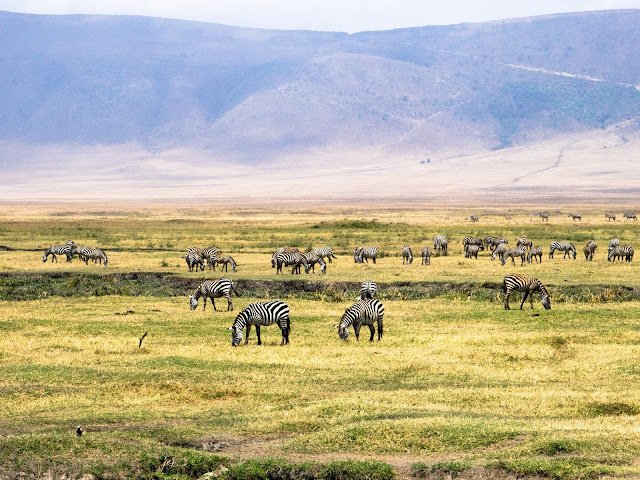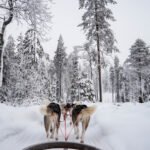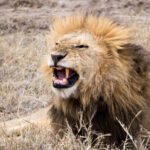The Ngorongoro Crater, the giant, pastel-colored, flat bowl in Northern Tanzania, is a fortunate geological accident.

It looks as if Noah’s Ark, jam-packed with a vast diversity of animals landed on this once cone-shaped volcano, sinking the top of the cone into the hole beneath, thus forming a unique landscape.

At the rim of this unrivaled natural amphitheater, you can’t help but be in awe of the sight under the watery blue African sky. Some 600 meters below you, the wooded slopes give way to vast grasslands, and yet betray little of what lies inside the crater walls.

Once you get used to the staggering dimensions of the roughly circular crater with a diameter of about 20km, you notice the dark spots on the crater floor. And as they begin to move, it is clear what they really are – thousands of grazing wildebeest and zebras.

This is the Ngorongoro Crater, the largest unbroken caldera in the world. With all the animals scattered on the crater floor, it is a fascinating place – undoubtedly the landing place of Noah’s Ark.
Safari Ngorongoro Crater
What to expect from a Ngorongoro safari
The Ngorongoro Crater is in fact a microcosm of the nearby Serengeti National Park. Compared to Serengeti, it is relatively small offering hardly any tall grass, bushes or trees, thus in just one day it is perfectly possible to see a vast array of East African wildlife – including the ‘big five’ and many different species of birds.
The animals in Ngorongoro Crater are free to roam outside the crater; however with the abundant food and water available throughout the year, most animals stay year-round in the crater. As such, the most densely populated game area in the world offers perfect conditions for an unforgettable safari.
Sadly, we didn’t have the best luck with the weather, yet still we could see large numbers of buffaloes, herds of wildebeests and zebras, some elephants, lions from afar, warthogs in accompany, hyenas seeking food, lazy hippos and several bird species.
Lucky day or not, this UNESCO World Heritage listed natural zoo of superlatives makes for a surreal backdrop for some of the best game-viewing in the world. And here is our safari day in pictures, which do not even begin to do its beauty justice.
Animals in Ngorongoro Crater – Photo Journey



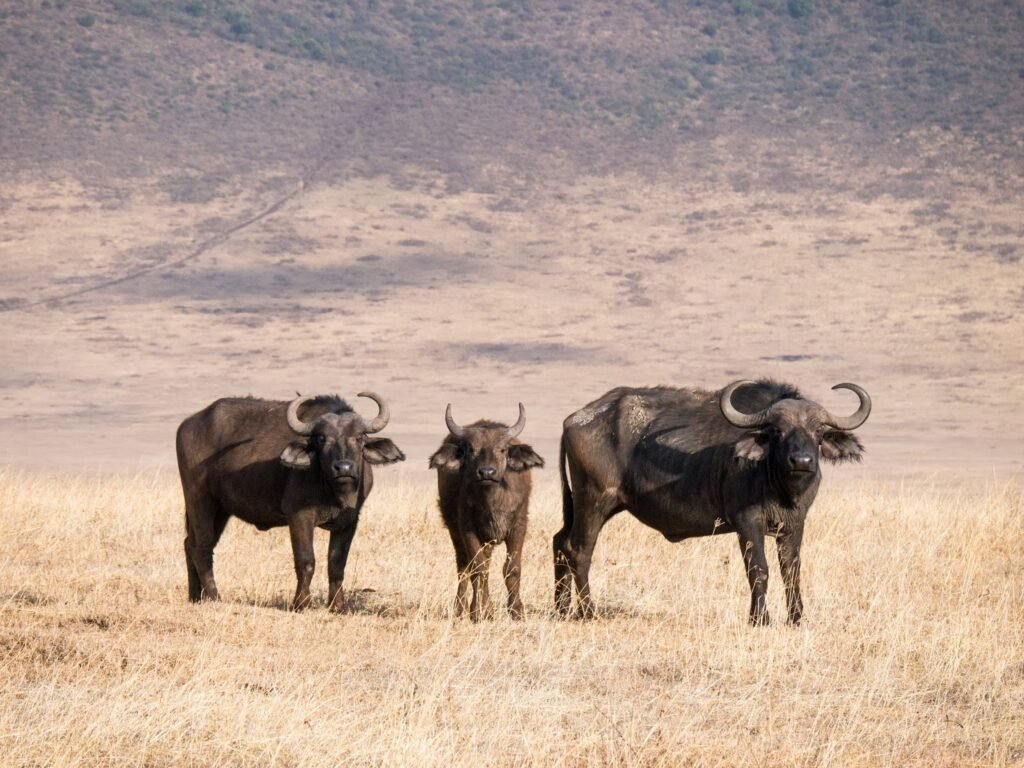




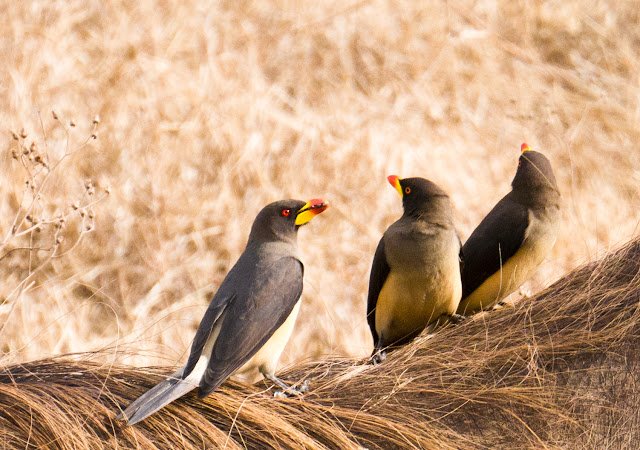
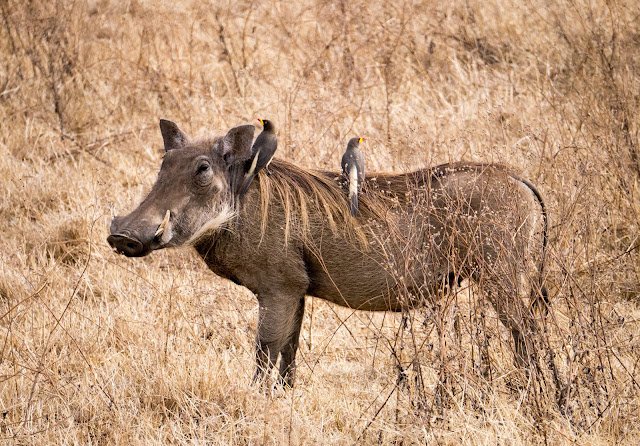






Bonus Encounter: Hiking Down the Empakai Crater
Empakai Crater lies about 80 kilometers northeast of its big brother, Ngorongoro, both of which are part of the conservation area named after the famous crater itself.
Empakai is a long, bumpy, dusty drive from the park entrance. The region, mostly uninhabited except for the occasional village, is home to the Maasai tribe. The dirt track passes through the grasslands dotted by Maasai tending his flock of sheep and herd of cattle, and the climax of your drive is when you reach the rim of this smaller caldera.
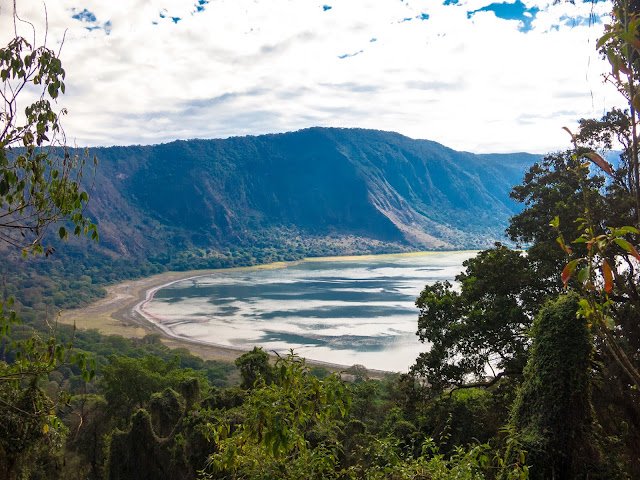
While it’s not possible to hike within the famous Ngorongoro caldera itself, Empakai makes for a great option to break up a longer safari trip with a hike. As the crater is also home to larger animals – we didn’t see any – the hike should only be done with an armed park ranger present.
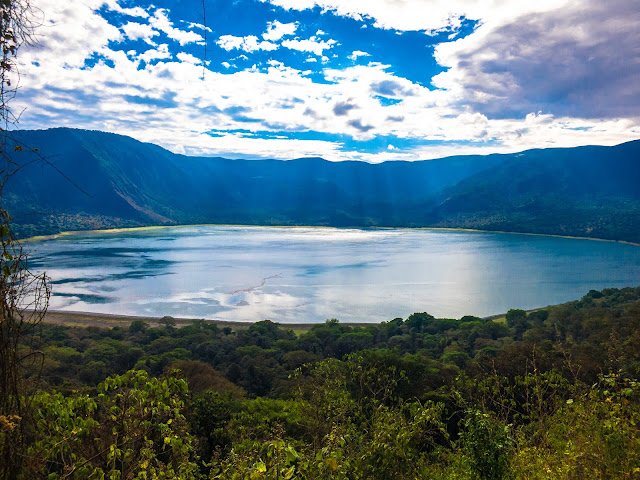
The hike down the Empakai Crater, surrounded by lush forests, is relatively an easy one. About 20 minutes down the steep slope (up 25 minutes), you can observe the impressive flora and fauna.

Once at the bottom, you can monitor huge flocks of flamingos in the shallow crater lake, especially spectacular to see as they take flight.


Meaning “the gift of life” to the Maasai, Ngorongoro Conservation Area –the only place on earth, where both animals and people coexist– is a true highlight on the African continent.
Want to experience a dream safari in Tanzania? We have curated group safaris like this one and can tailor bespoke safaris. Simply chat to us!
